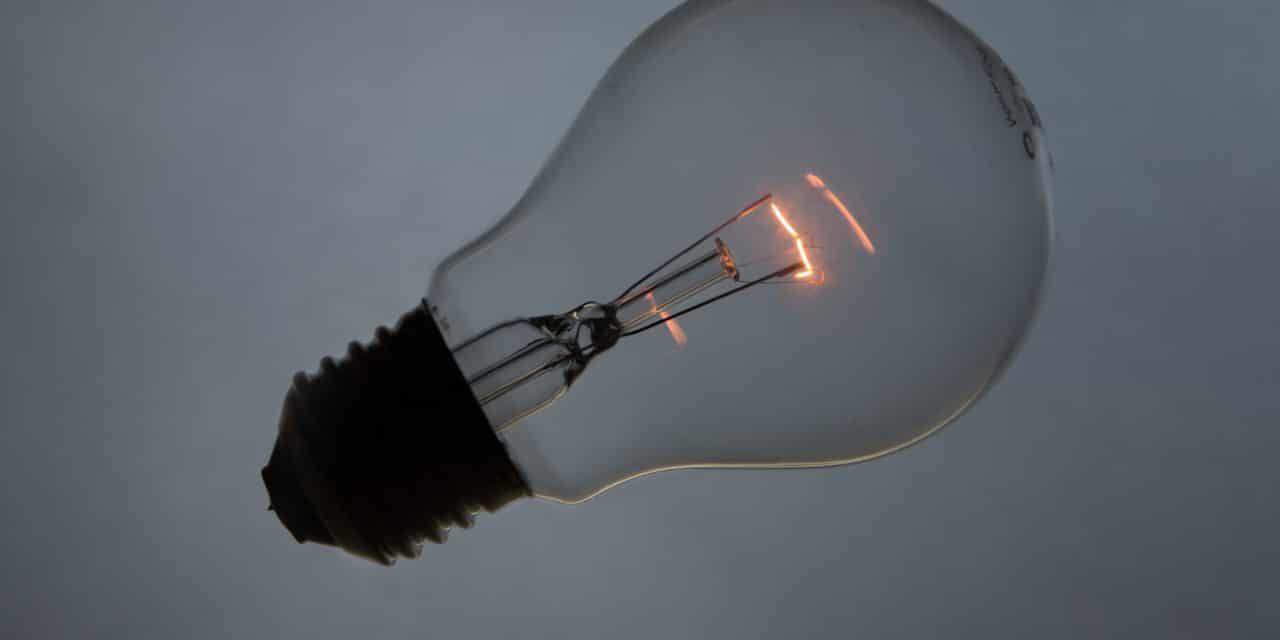[ad_1]
Energy-saving lights, such as “compact fluorescent lights” (CFLs) are in. In fact, many jurisdictions have already banned the older style incandescent light bulbs (ILBs), and others will be following soon. Is this good or bad?
History Thomas Edison, in 1879, perfected the earlier invention of the incandescent light bulb with a graphite-based filament. In 1910, William David Coolidge (1873-1975) came up with a tungsten-based filament, which was and still is in widespread use all around the world. In the last few years though, CFLs have become increasingly promoted by many “green” advocates and politicians. Some jurisdictions have already mandated their use and the replacement of incandescent bulbs with them. These CFLs are supposed to lower your household's electricity consumption and to be good for the environment.
Light Output Let's look at the ILBs first. They convert approximately 5% of the energy (electricity) consumed to light, and the other 95% is simply converted to heat. In contrast, the CFLs emit more like 50% of the energy consumed as light. Therefore, in terms of the light output per energy unit consumed, indeed, the CFLs are much superior to the ILBs. So, what then could be the problem with CFLs?
Fine Print What is little known to many people is the “fine print”, coming with the CFLs. Few people notice it at all, especially as it is printed on the inside of some packaging. However, if you do read it, you will find two statements, which may encourage you to think again about your decision to “go green” and save on electricity:
(i) CFLs are supposed to be only used in light fixtures which make them point upwards. Often, this would mean replacing many of your light fixtures. Other requirements state that they must not be used with dimmer switches, light sensors, electric timers and, for outdoor use, need special weather-protected fixtures.
(ii) CFLs contain elemental mercury. On breakage, the mercury is released, mostly in the form of mercury vapor, to the surrounding air. Some of it may become small droplets falling to the floor and becoming embedded in carpets, cracks and the like. As liquid mercury slowly volatilizes at room temperature, such elemental mercury steadily produces mercury vapor.
Other Costs The basic concern of regulatory agencies is solely the energy consumed per light output. However, the electricity is not the only cost incurred by the user of CFLs. To begin with, the CFLs are significantly more expensive to purchase than the ILBs. To make them appear cost-competitive, several jurisdictions addicted to “green power” are subsidizing their purchase with taxpayer money, in other words, your money. Secondly, the light output of CFLs diminishes over time. Thirdly, CFLs take up to a minute or so to get to their maximum light output. CFLs also fail more readily with (relatively) frequent on/off switching. Most importantly, they also have potential health and cleanup costs associated with them, as outlined below.
Health Effects & Cleanup CFLs contain mercury. Prolonged exposure to mercury vapor is well known to cause severe effects on humans, such as tremors, etc. So, the question then is: how safe are CFLs? As long as they don't break or suddenly burn up due to the failure of the built-ballasts, there should be no health problem with their use. However, on breakage, the mercury is likely to be released into the surrounding area with its potential long-term hazards. That's also why these things are supposed to be disposed of in so-called hazardous materials landfills where most of them are crushed and the mercury is volatilized from there. Thankfully, the US Environmental Protection Agency provides detailed instructions for the cleanup of the mercury spills resulting from broken CFLs. This is available at EPA's web site [1].
In Summary So, all in all, for many situations, the benefits of CFLs are minor and their real and potential drawbacks major. But, remember, it's for the good of the environment – at least the EPA thinks so.
[ad_2]
Source by Klaus Kaiser


